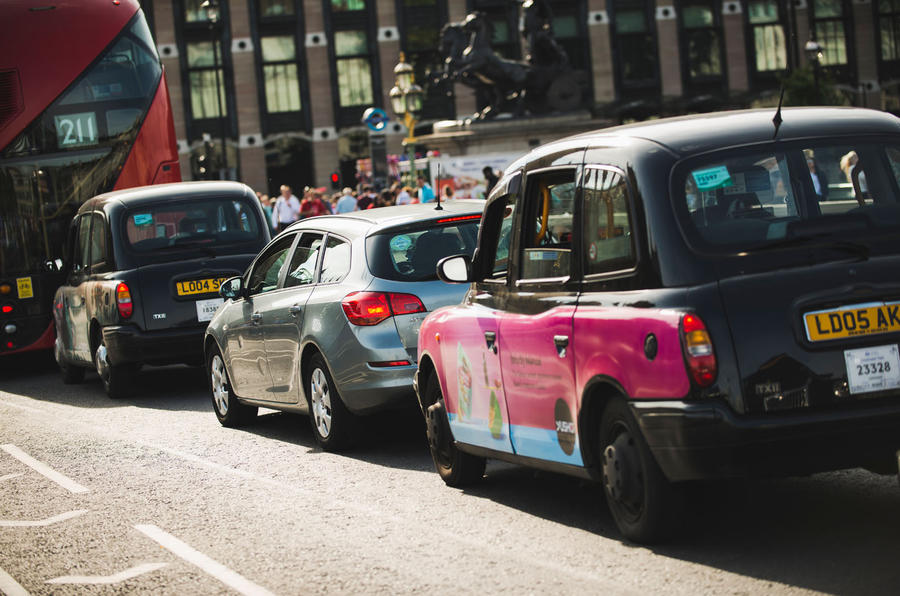The UK has an air quality problem, and the vehicles we rely on are a significant contributor. Progressively stricter ‘Euro’ standards for exhaust emissions have helped cut roadside pollution, but the sheer volume of traffic has slowed progress and levels differ across the country. So the pressure is on for faster progress.
Pollution hotspots are way behind schedule. In 2015, DEFRA found 75 local authorities in England, plus another five in Wales and Scotland, had roads with higher levels of nitrogen dioxide (NO2) than legal limits set for January 2010. Facing high-profile court cases for not protecting public health, the Government ordered areas which wouldn’t be compliant by 2021 to get their plans in order.
Autocar's company car tax calculator shows exactly what you'll pay for every make and model
Those plans are now coming to fruition, with local authorities tailoring pollution-reducing measures to their own challenges. Clean air zones, which are one potential solution, differ between cities, and keeping up with them has become a growing concern for fleets.
What is a clean air zone?
It’s a catch-all term, and it doesn’t necessarily mean paying to drive into a city. There's a national framework for clean air zones, and they can be limited to improving traffic flow or encouraging walking, cycling and public transport if that’s enough to bring pollution within legal limits.
However, some are introducing ‘charging clean air zones’, which also include fees for driving older, more polluting vehicles into certain areas. Petrol vehicles complying with the Euro 4 emissions standard (mandatory for cars from 2005) and Euro 6 diesels (mandatory for cars from 2015) are exempt, and there are four classes of zone depending on which vehicles pay to enter. Only one includes cars.
| Class A CAZ | Class B CAZ | Class C CAZ | Class D CAZ | |
|---|---|---|---|---|
| Buses and coaches | Charged | Charged | Charged | Charged |
| Heavy goods vehicles | Exempt | Charged | Charged | Charged |
| Taxis and private hire vehicles | Exempt | Exempt | Charged | Charged |
| Vans/minibuses | Exempt | Exempt | Charged | Charged |
| Cars | Exempt | Exempt | Exempt | Charged |
In short, if you’re managing or part of a car fleet, then it’s only Class D zones that you need to worry about.
Which cities have charging clean air zones for cars?
Plans stalled during the worst of the pandemic, but old problems bounced back quickly after lockdowns lifted. The Centre for Cities studied 49 urban areas in December 2020 and found that pollution had already returned to pre-Covid-19 levels, despite the ongoing economic slump. Only eight live or incoming zones affect car drivers.










Join the debate
Add your comment
What does it mean for fleets? It means ignore anything Autocar says and stop buying combustion cars. Running an electric fleet will save you thousands in terms of overall costs and you'll be future-proofed against imminent air quality changes in city centres. Autocar is simply trying to appease its advertisers (the legacy car makers) by helping them shift unwanted old stock. It's transparent and untrustworthy.